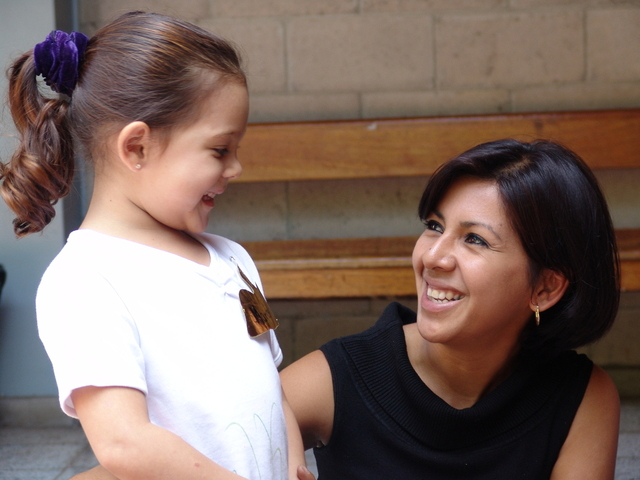 Education
Education
Impact of Prop. 208: Invest in Ed
October 8, 2020Impact of Prop. 208: Invest in Ed
Dave Wells, Ph.D.
Research Director, Grand Canyon Institute
With research assistance from Lilian Le, Research Associate
FINDINGS
Current Per Pupil Spending and its Impact
- Arizona’s investment in education lags other states. The chief source of Arizona’s underinvestment in K-12 education is the state-based funding per pupil, which in 1991-1992 was 39th in the country but in 2012-2013 and 2017-2018 ranked 50th.
- Arizona has a teacher supply problem. The number of teacher vacancies before RedforEd in 2016 and 2017 was higher than has been the case from 2018 to 2020; however, the ability to find adequate replacement teaching staff has not changed.
- Arizona’s five-year cohort high school graduation rate is less than the country’s average four-year cohort high school graduation rate. Arizona’s five-year cohort graduation rate (including students taking five years to finish high school) is still below the nation’s four-year cohort graduation rate. Arizona has made some progress, but at its current rate of improvement, the state’s five-year high school graduation rate will not hit the 90% goal until 2060. Lower high school graduation rates along with lower college-going rates, pull down the state’s economic advancement.
School Spending
- Arizona public schools have low administrative costs. Altogether, Arizona district schools spend about 90 cents on the dollar on non-administrative costs that benefit students, and charter schools spend about 80 cents on the dollar on non-administrative costs that benefit students.
- There’s no clear evidence Arizona district schools systematically waste money. Overall administrative costs of $903 per pupil include the lowest general administration (district office) cost in the country and among the lowest school administrative costs.
Impact Invest In Ed Funds will have on Public Education
- No significant classroom size reductions and no discernable impact on student achievement by itself.
- Improved teacher retention and improved student test scores are likely to result (magnitude greater than zero-but not easily estimated).
- Substantial reduction in teacher pipeline problem likely due to teacher training
- As a result of overall teacher investments,
- GCI estimates a low-end gain of $630 million annually building over the next 13 years as Kindergarteners next year get the full benefit just for the estimated 65% of students who will spend their working lives in Arizona ($970 million for all students graduating in 13 years):
- High school graduation rate increases 2% and college attendance increases 1% over the next 13 years, leading to net present value of benefits to the state building up to at least $350 million annually among students expected to stay in Arizona.
- Student learning gains resulting from collective impact of teacher investments will lead to a net present value of future earnings gains of at least $281 million among students expected to stay in Arizona.
- GCI estimates a high-end gain of $1.3 billion annually building over the next 13 years as Kindergarteners next year get the full benefit just for the estimated 65% of students who will spend their working lives in Arizona ($2 billion for all students graduating in 13 years).
- GCI estimates a low-end gain of $630 million annually building over the next 13 years as Kindergarteners next year get the full benefit just for the estimated 65% of students who will spend their working lives in Arizona ($970 million for all students graduating in 13 years):
- Career and Technical Education investments are likely to result in improvements in student performance, labor market attachment, and future earnings. It is not likely to impact college attendance. Overall impacts are difficult to estimate.
Impact on Taxing High-Income Earners
- An estimated 30,000 Arizona income tax filers/households will be affected, approximately 55% (16,000) of whom receive pass-through business income. Business income is typically about one-third of their income.
- Less than 100 tax filers/households are likely to move from Arizona since their taxes have increased as a result of Prop. 208’s impact on high-income earners.
- 10,000 jobs might be lost by the 10th year among small businesses impacted by the Initiative’s tax surcharge — this his does not take into consideration eventual economic growth impacts the educational investments are estimated to have.